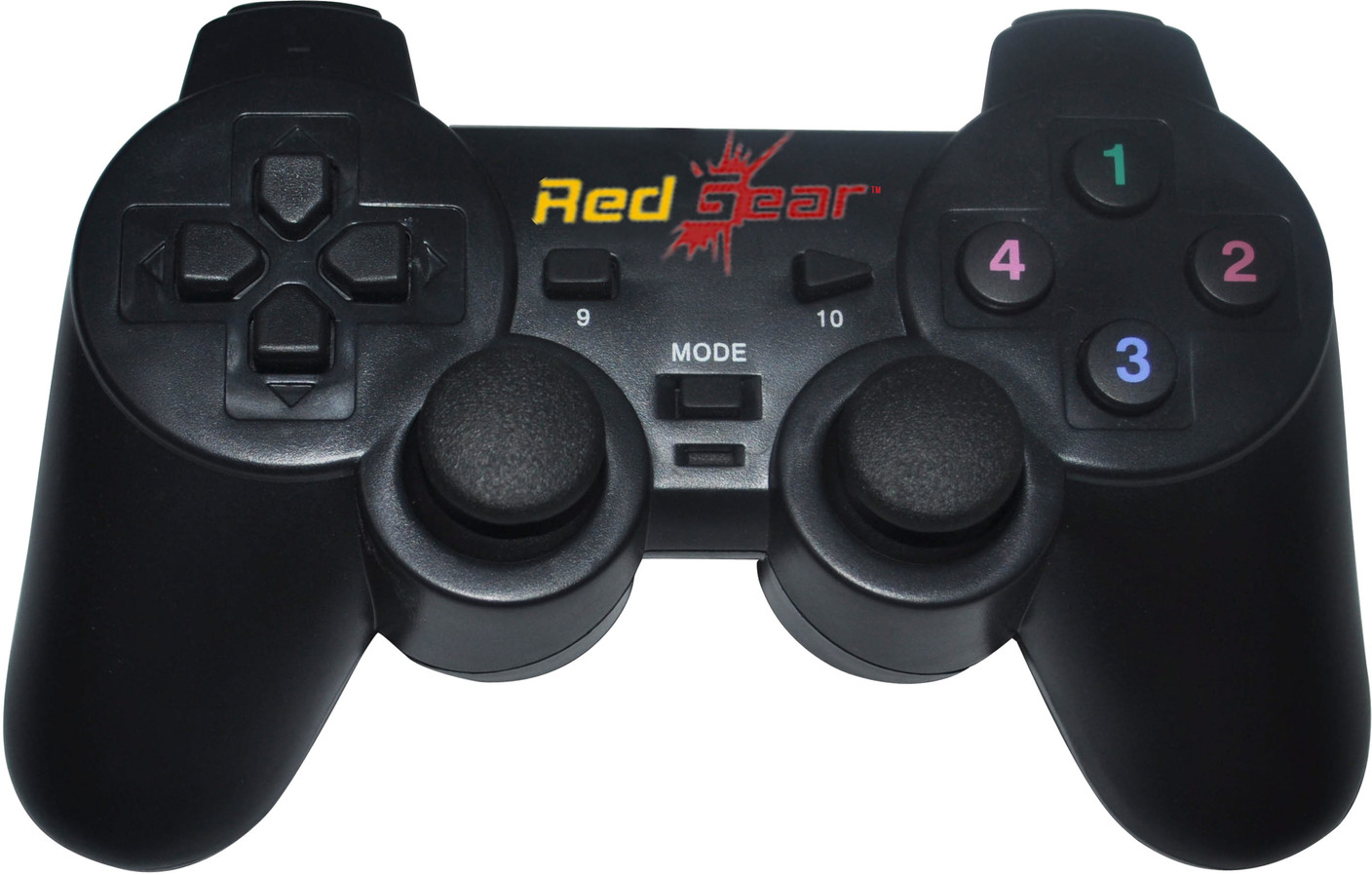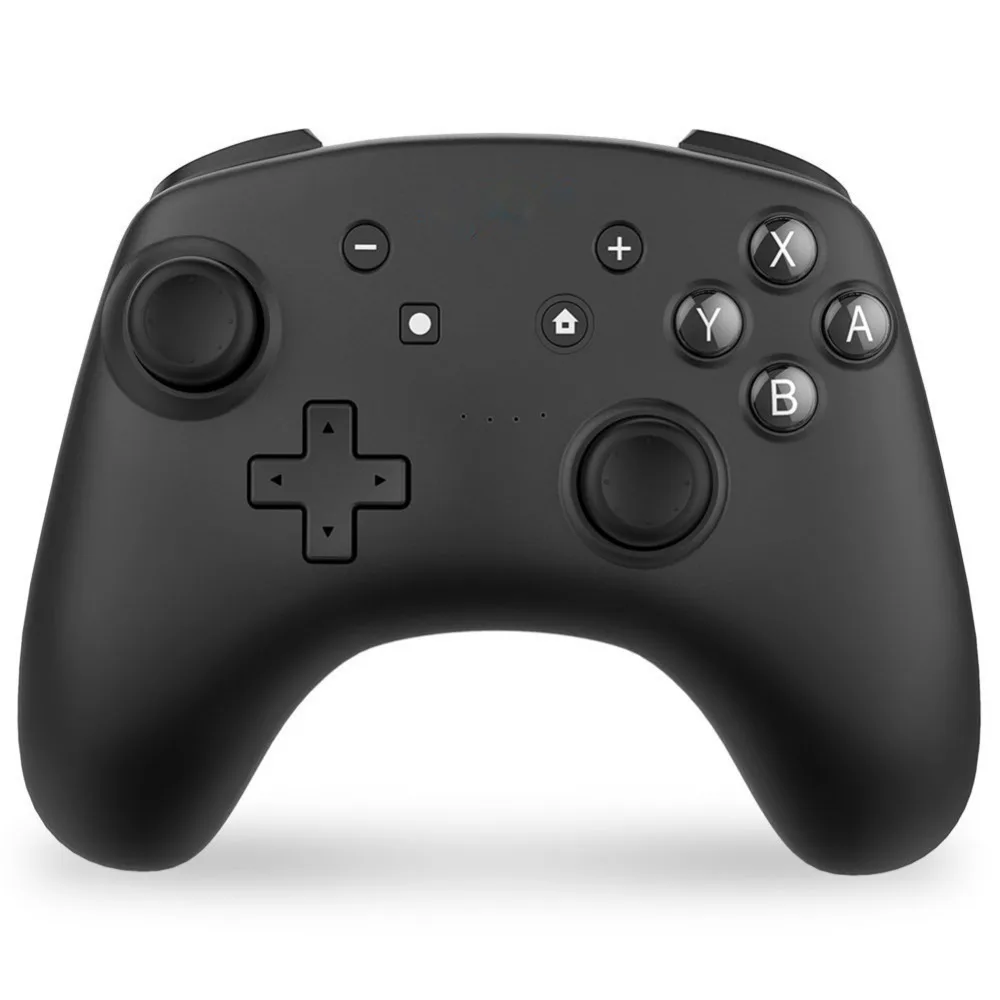

- #AXIS PAD DRIVERS GAME CONTROLLER HOW TO#
- #AXIS PAD DRIVERS GAME CONTROLLER DRIVER#
- #AXIS PAD DRIVERS GAME CONTROLLER FULL#
- #AXIS PAD DRIVERS GAME CONTROLLER ANDROID#
#AXIS PAD DRIVERS GAME CONTROLLER FULL#
Using Ry as an example (roll in an airplane), 0 would be deflected fully left, 16384 is neutral, 32767 is full right deflection. It is in your control, and that’s a good thing.Įach of the X, Y, Z, Rx, Ry, Rz, Slider, Dial and Wheel axis accept values from 0 to 32767. You can deadzone, smooth and curve the data all you want and then send it to the gamepad driver.
#AXIS PAD DRIVERS GAME CONTROLLER DRIVER#
The value you send to the driver is the value the driver consumer (a game?) will use. Linear values can be really frustrating to use by end-users.Īnd finally, gamepads axis can also drift over time and go out of calibration.Ī virtual gamepad driver has none of these problems. Gamepads also report stick deflection in as a linear value, and this is why games have axis curves. But a lot of sticks, expensive ones included, will have a ‘noise’ while in neutral. Leaving the stick in the neutral position should only send an unchanged value if you aren’t touching the stick. You can see this if you tweak the Reader code to open a real physical gamepad you have laying around.

The gamepad driver supports five analog axis. The driver can handle button and hat presses fine. The method to do so would be very similar to joysticks, so see the joystick app for more info. NOTE: As of version 2.1, the gamepad driver sender and receiver apps do not include code to send and receive hat and button presses.

Be sure to press the ‘Connect to gamepad Driver’ before sending data to the driver. The gamepad driver will appear to Windows as if it is an actual gamepad gamepad. Use the SDK Gamepad Driver Sender to send axis data to the gamepad driver. Using the Reader for development makes things easier to understand. All other trademarks are property of their respective owners.This is the Sender app sending data to the gamepad driver which is being read by the Reader app. Qt and respective logos are trademarks of The Qt Company Ltd. The documentation provided herein is licensed under the terms of the GNU Free Documentation License version 1.3 as published by the Free Software Foundation.

API Referenceĭocumentation contributions included herein are the copyrights of
#AXIS PAD DRIVERS GAME CONTROLLER HOW TO#
The examples demonstrate how to handle input from a gamepad using the QML and C++ APIs. Enabling this will print useful information on the debug output. Some backends ( evdev on Linux and xinput on Windows) and the plugin loader utilize the logging category qt.gamepad. macOS, iOS, tvOSīesides game controllers, it also supports the tvOS remote (microGamepad).
#AXIS PAD DRIVERS GAME CONTROLLER ANDROID#
The Android backend uses the InputDevice API. You can also run the quickGamepad example to test. To test whether gamepad input is detected, select Gamepad Controller Settings from the context menu, select Properties > Test, and start testing. Once the drivers are installed, select Control Panel > Device and Printers and check if the gamepad is listed under the Devices section. The Windows Plug-n-Play service automatically installs the necessary drivers when the gamepad is connected through a USB port for the first time. This should not be needed normally, but can be useful in case multiple gamepads are connected and only one of them is interesting to the application. With the evdev backend, to explicitly specify the input device to use, set the environment variable QT_GAMEPAD_DEVICE to the desired /dev/input/event* node. Qt Gamepad will interpret this as having connected gamepads present. Note: wireless dongles may report one or more input devices even when no actual controllers have been connected to them.


 0 kommentar(er)
0 kommentar(er)
